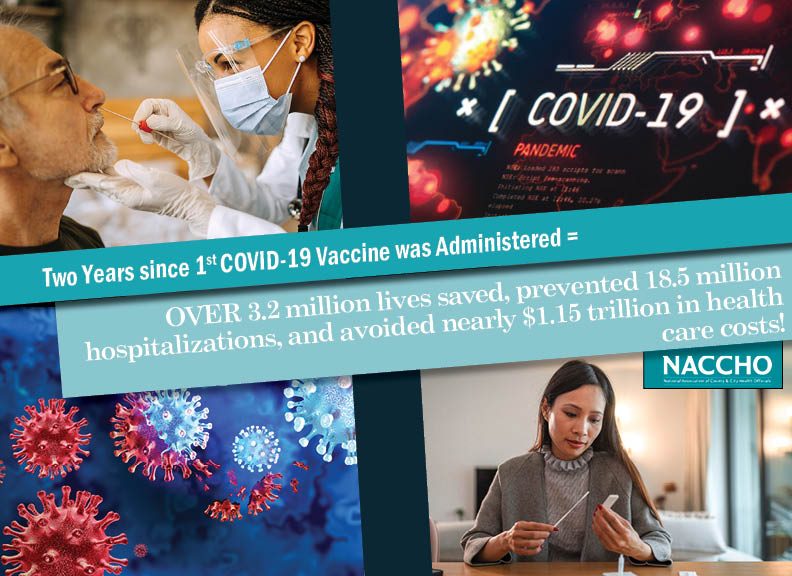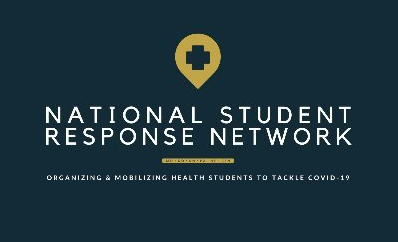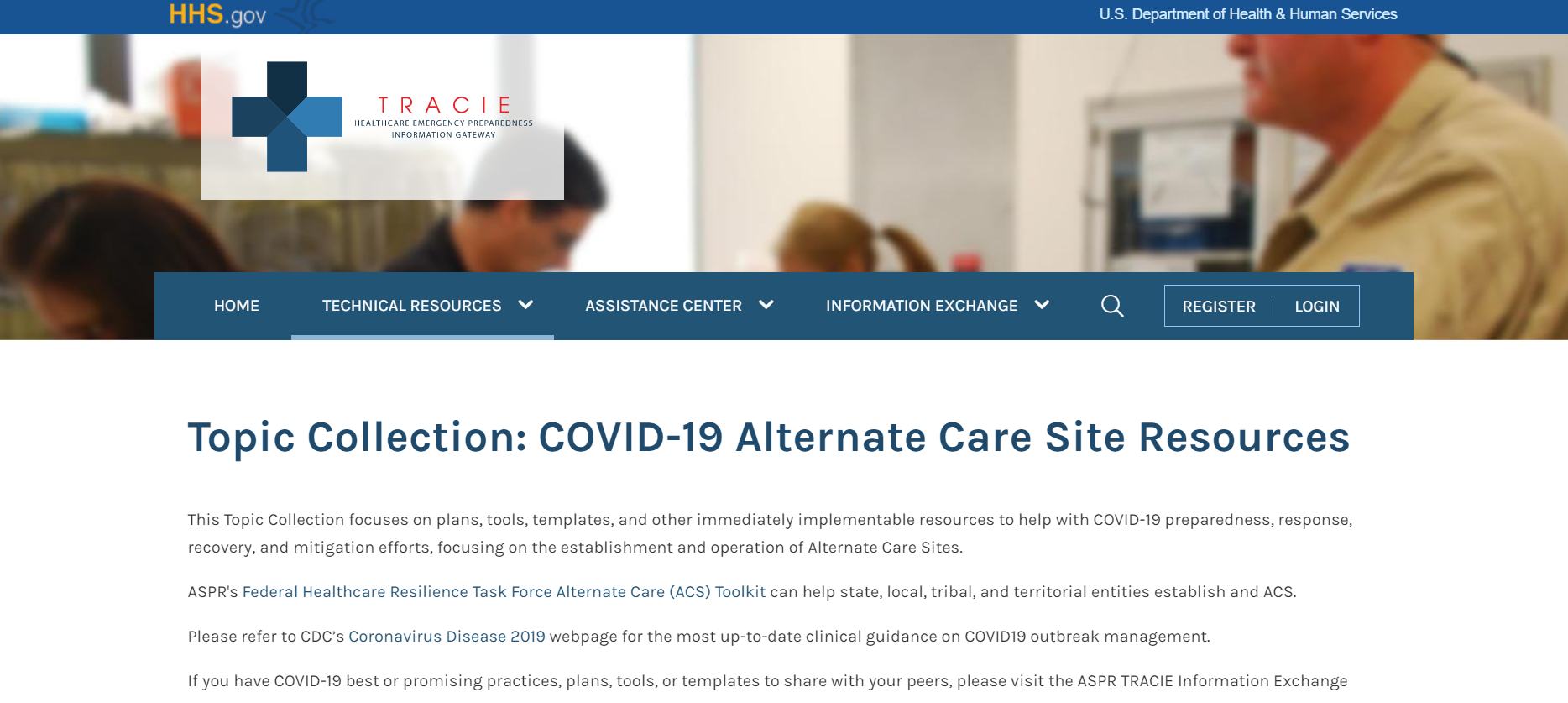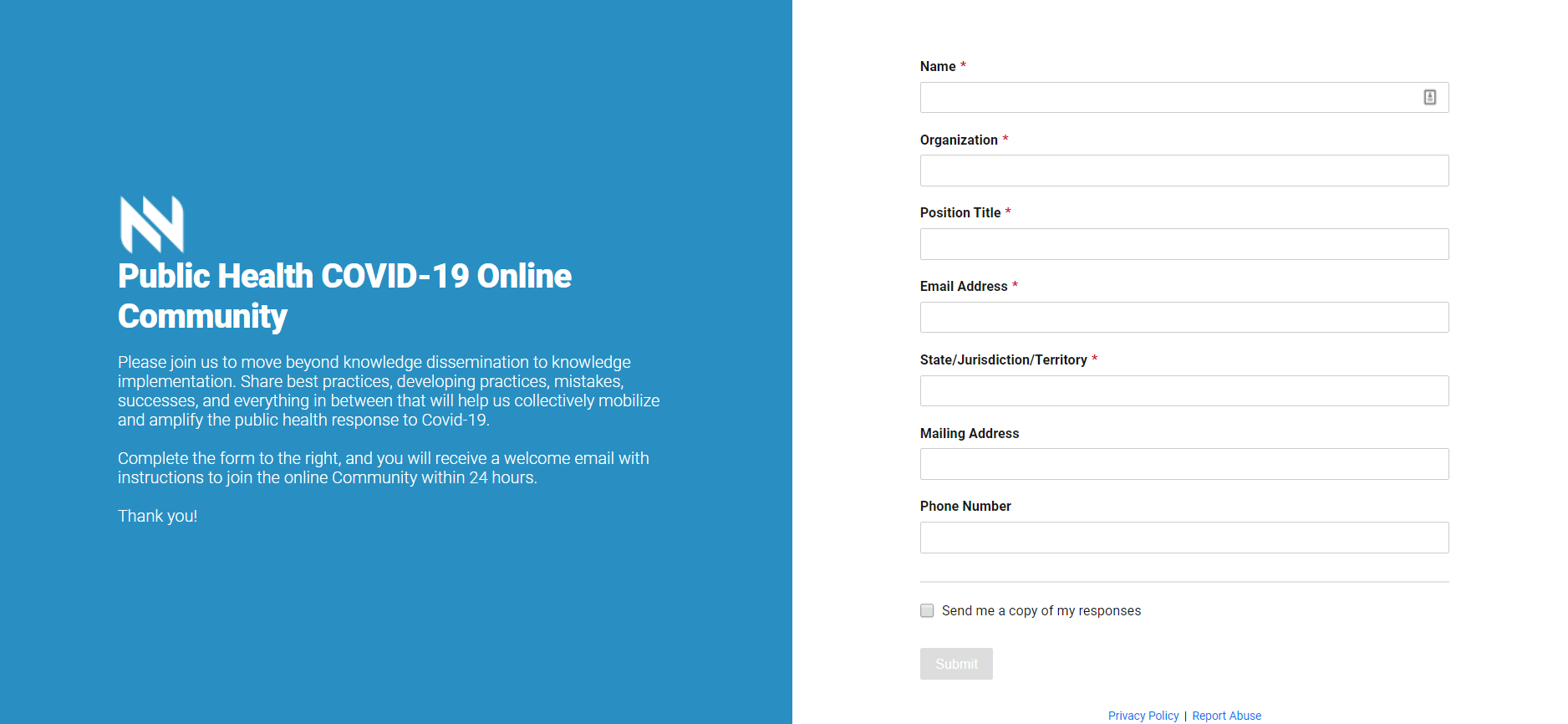Popular Categories
A Whole Community Approach to Medication Dispensing
Gone are the days when medication dispensing during an emergency or disaster was staffed and managed solely by local health...
Sep 04, 2014 | Guest Author
Lessons Learned from 2011 Joplin Tornado Show the Importance of Social Media in...
On May 22, 2011, an F5 tornado spanning more than a mile wide tore through Joplin, MO, killing over 120 people and leveling many areas...
Aug 21, 2014 | Kayli Plotner
Now Available: “Preparedness and Emergency Response Learning Centers: Lessons and...
The Centers for Disease Control and Prevention’s (CDC) Office of Public Health Preparedness and Response (OPHPR), in collaboration...
Aug 19, 2014 | Admin
Using Social Media for Enhanced Situational Awareness and Decision Support
The Federal Emergency Management Agency (FEMA) has released a report entitled, “Using Social Media for Enhanced Situational...
Jul 24, 2014 | Admin
2014 Points of Light Conference on Volunteering and Service
NACCHO staff member Alyson Jordan presented at and attended the 2014 Points of Light Conference on Volunteering and Service June 16-18...
Jul 03, 2014 | Admin
All-Hazards Preparedness in Responding to the California Wildfires
Southern California continues to recover from over a dozen wildfires across San Diego County occurring in mid-May. The fires were...
Jun 17, 2014 | Admin
Public Health Law Workgroup May Update
This month, the Public Health Law Workgroup met with Meryl Chertoff of the Aspen Institute to learn more about the Institute’s...
May 29, 2014 | Guest Author
2014 Preparedness, Emergency Response, and Recovery Consortium
Several NACCHO staff attended the 2014 Preparedness, Emergency Response, and Recovery Consortium (PERRC) April 14-16 in Orlando, FL....
Apr 21, 2014 | Admin
Don’t Panic, Be Prepared: Jack Herrmann’s Recap of the Preparedness Summit
The public health workforce often conducts its work behind the scenes, making the citizens of their communities healthier and safer...
Apr 08, 2014 | Jack Herrmann
A Whole Community Approach to Medication DispensingGone are the days when medication dispensing during an emergency or disaster was staffed and managed solely by local health departments (LHDs). Getting medication quickly to the community is particularly challenging in a large metropolitan area. To meet this challenge, Public Health – Seattle & King County (King County) is joining forces with partners in the community and public and private... Sep 04, 2014 | Guest Author |
Lessons Learned from 2011 Joplin Tornado Show the Importance of Social Media in Disaster Preparedness and ResponseOn May 22, 2011, an F5 tornado spanning more than a mile wide tore through Joplin, MO, killing over 120 people and leveling many areas of the city. Fifteen miles south of Joplin and less than two hours after the tornado hit, the mother and daughter team of Rebecca and Genevieve Williams launched a Facebook page in […] Aug 21, 2014 | Kayli Plotner |
Now Available: “Preparedness and Emergency Response Learning Centers: Lessons and Models” journal supplementThe Centers for Disease Control and Prevention’s (CDC) Office of Public Health Preparedness and Response (OPHPR), in collaboration with the Association of Schools and Programs of Public Health, is pleased to present the Journal of Public Health Management and Practice (JPHMP) supplement entitled “Preparedness and Emergency Response Learning Centers: Lessons and Models.” The full journal […] Aug 19, 2014 | Admin |
Using Social Media for Enhanced Situational Awareness and Decision SupportThe Federal Emergency Management Agency (FEMA) has released a report entitled, “Using Social Media for Enhanced Situational Awareness and Decision Support.” Historically, the emergency response community has leveraged multiple data sources, including land mobile radios, maps, computer-aided dispatch, crisis management systems, traffic cameras, geographic information systems, and... Jul 24, 2014 | Admin |
2014 Points of Light Conference on Volunteering and ServiceNACCHO staff member Alyson Jordan presented at and attended the 2014 Points of Light Conference on Volunteering and Service June 16-18 in Atlanta. The conference explored the use of volunteers to strengthen community infrastructure, and this year included an emergency preparedness track. Alyson presented a 90 minute workshop on NACCHO’s 2013 National Preparedness Month media […] Jul 03, 2014 | Admin |
All-Hazards Preparedness in Responding to the California WildfiresSouthern California continues to recover from over a dozen wildfires across San Diego County occurring in mid-May. The fires were fueled by drought conditions, unusually high temperatures, and strong Santa Ana winds—hot, dry gusts of wind that can turn small fires or mechanical sparks into blazing infernos. As a result of 14 fires, about 26,000 […] Jun 17, 2014 | Admin |
Public Health Law Workgroup May UpdateThis month, the Public Health Law Workgroup met with Meryl Chertoff of the Aspen Institute to learn more about the Institute’s Excellence in State Public Health Law Program. Through this program the Aspen Institute works with teams in eight states to explore, identify, and evaluate how law and policy can advance state health priorities. The […] May 29, 2014 | Guest Author |
2014 Preparedness, Emergency Response, and Recovery ConsortiumSeveral NACCHO staff attended the 2014 Preparedness, Emergency Response, and Recovery Consortium (PERRC) April 14-16 in Orlando, FL. The conference examined lessons learned from recent disasters, including the May 2013 Oklahoma tornadoes, the September 2013 Colorado floods, and the March 2014 Oso mudslide. NACCHO staff met with a number of local health department staff and […] Apr 21, 2014 | Admin |
Don’t Panic, Be Prepared: Jack Herrmann’s Recap of the Preparedness SummitThe public health workforce often conducts its work behind the scenes, making the citizens of their communities healthier and safer without them even being aware of it. It is not until disaster strikes that people find out the value of their public health department. Apr 08, 2014 | Jack Herrmann |
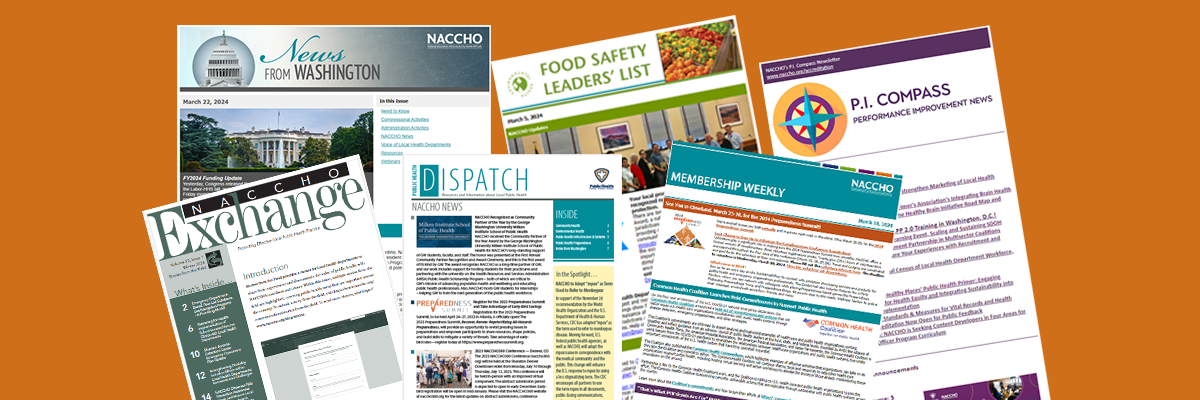
Subscribe Today
Sign Up for the E-mail Digests
Create an account or login to MyNACCHO and go to "My Subscriptions."
SUBSCRIBE NOW